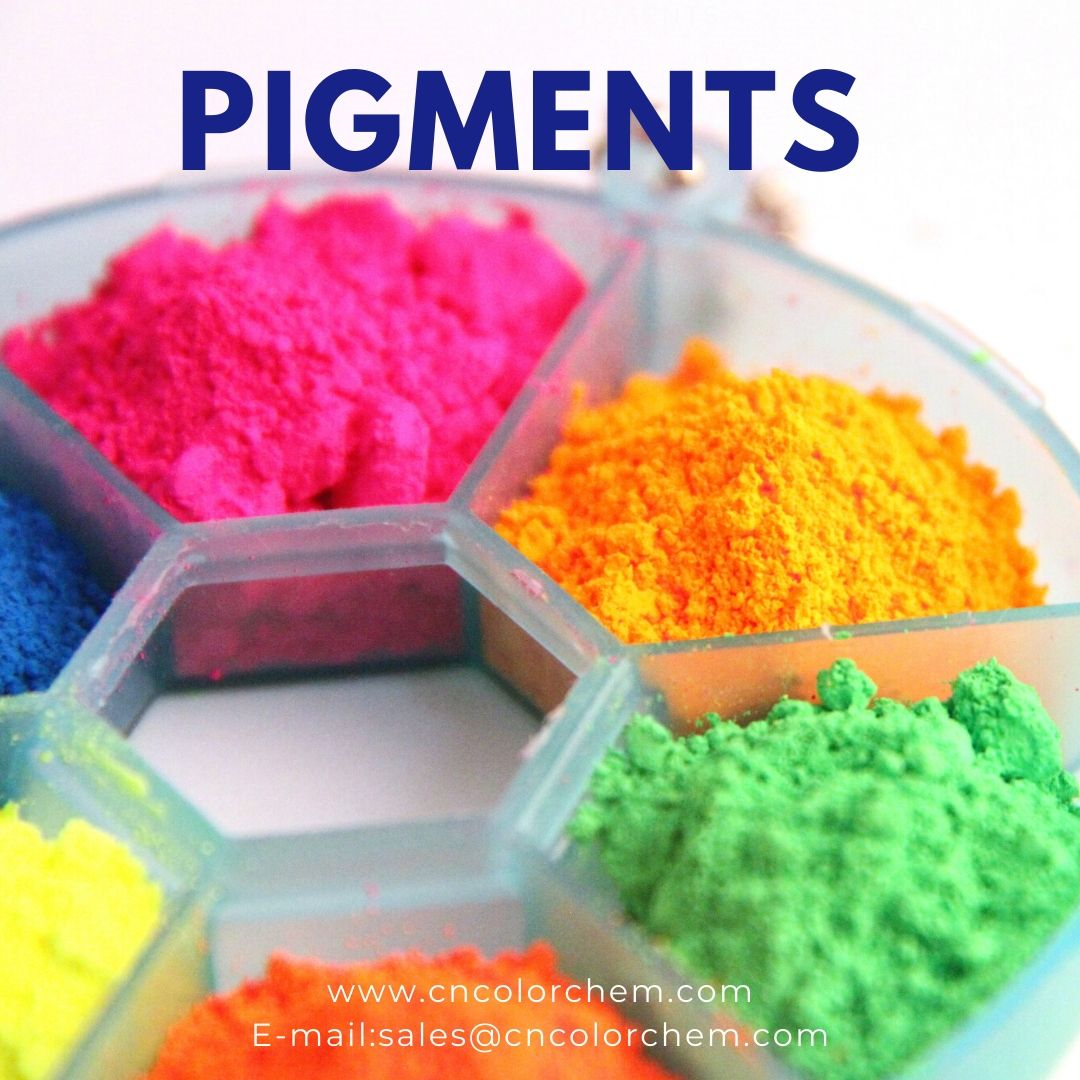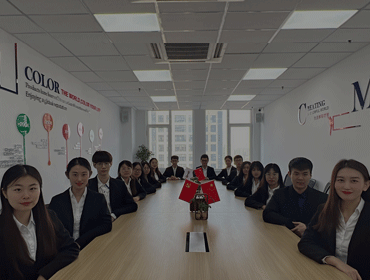First, natural mineral pigments
The so-called mineral pigments are the pigments made after the natural ore is collected, after crushing, grinding, rinsing and other processes, also known as "stone color", and its color quality is relatively stable. The gloss of the crystal increases the brightness of the color, the color luminous effect is good, and the covering power is extremely strong.
In general, our common mineral materials are: cinnabar, vermiculite, turquoise, turquoise, yellow, chalk, walnut powder, lead powder, black stone fat, mica, coral agate, silver beads, etc.
Secend,plant-based pigments
The main raw material of plant-based pigments is the juice extracted from the roots, stems, and leaves of plants. The main blending medium is water, which is also called "water color". Its characteristics are transparent texture, simple and convenient to use, easy to dye evenly, suitable for layer to layer rendering. Since ancient times, Chinese painting has combined the use of stone and water colors to achieve the rich effect of interlacing the shades of the picture and the existence of reality.
There are mainly the following types: garcinia camellia, cyanine, rouge, ink, western red, locust flower, raw gardenia, red fox and so on.
Third, metal pigments
Metal pigments mainly refer to gold and silver. They are made of pure gold and pure silver. They are expensive and can produce gorgeous effects on the screen.
The most commonly used metal pigments are the following: gold, Buddha Chijin, Da Chijin, cold gold, Tian Chijin and so on.
Fourth, artificial pigments
Natural pigments have a unique color charm, but because these valuable natural materials are rare, expensive, and limited in color, they are not widely used. With the development of science and technology, people have now used scientific methods to create many synthetic pigments to supplement the deficiency of natural colors, opening up new space for painters in the choice of pigments and colors.
The pigments that have been synthesized on the market include high-temperature crystalline pigments, water-dried pigments, and artificial mica.





